Human life is the greatest value? Or maybe faithfulness to the principles or the good of citizens? Not at all! For many, there has been nothing on earth that they have not sacrificed for one purpose only - to make money like ice.
As always, all TOP10 items are based on the articles we publish. This time we decided to show the story of human greed and greed.
How could they for the money…
7. Sell children
Nineteenth-century London was the world's busiest metropolis. Only that unimaginable wealth was adjacent to him unimaginable poverty. While the royal family, aristocracy, industrialists and merchants were abundant in wealth and money, in the neighborhoods of poverty, millions were starving, suffering from cold and disease.
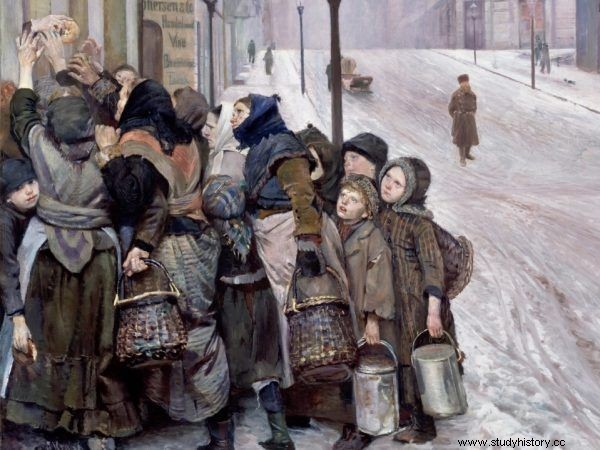
Hunger and poverty were commonplace in London. Christian Krohg, "Fighting for Survival" (Source:Public Domain).
Many parents out of poverty sold their children. They handed over four-year-old boys to deadline for 20-30 shillings. Chimney sweepers were eager to buy them, because the little ones, due to their small stature, were perfect for cleaning long and narrow London chimneys.
The number of all children employed to work in the street was estimated at 10-30 thousand! As it was argued in 1892, no investment has produced a better return on capital than employing children from poor families . Even if many of them died or were crippled from hard work (read more about this) .
6. Squeeze the state coffers out of mind
In 1927, a decision was made to build the Main Post Office in Gdynia, which was growing at a pace. The erection of the building was the responsibility of the Ministry of Posts and Telegraphs. It was headed by Bogusław Miedziński, who did not care about the slogans of moral rehabilitation. Instead of reaching for a proven professional, chose ... a friend from university as the head of post office construction , engineer Edward Ruszczewski.
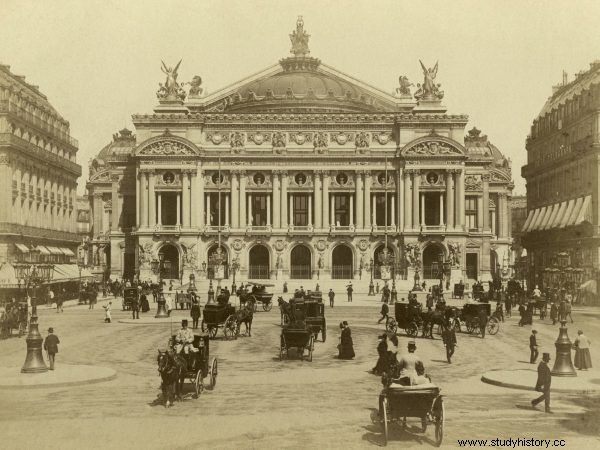
As a result, Ruszczewski's machinations, the Main Post Office in Gdynia was a much more expensive undertaking than this beautiful building of the Paris Opera (source:public domain).
Ruszczewski received a warm job with a huge salary. The first thing the newly appointed manager did was to buy a car financed with ... money for building the post office. The next step was the establishment of a construction company in which his colleagues were the main shareholders. Although the company did not have any capital, by some strange coincidence it won the tender!
After the win, Ruszkowski found himself in an extremely comfortable situation, filling his pockets and his partners. No wonder then that soon the materials that the engineer's friends and he were building villas with began to disappear from the construction site. As a result, construction expenses were three times higher than the assumed cost estimate (read more on this topic) .
5. Seriously kill suitors
Belle Sorensen met Peter Gunness on her way after the death of her first husband. An ax fell on his head shortly after the wedding. The deceased left Belle a hefty inheritance. However, this widow was not enough. She decided to look for another chosen one of the heart. So she published a marriage advertisement, stating that the candidates for a husband should have money.
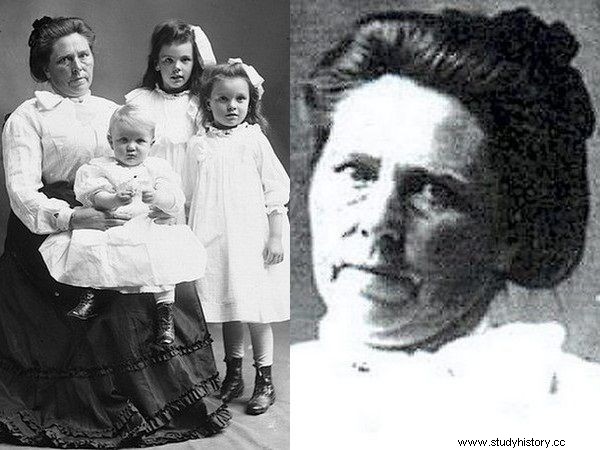
Coming to see this woman was the last bad decision in the lives of many gentlemen. On the left, Belle with her children, circa 1908, on the right, she herself four years earlier (source:public domain).
They had to prove their material status by bringing with them at least five hundred dollars. Men began to arrive at Belle. They came, they brought money, but they never left. The only exception was a certain Ray Lamphere. He came and stayed longer, becoming her lover and accomplice in crime.
Twenty-eight men were poisoned and buried on her property. But that's not all. Police began to suspect Gunness of killing twenty-one more people, including farm workers and adopted children (read more on this) .
4. Persecute your countrymen
Stefania Brandstätter, who from the beginning of the war had a weakness for Gestapo uniforms, is associated with the history of Krakow's Jews. She is especially fond of commander Rudolf Körner, who is a regular visitor to her apartment.
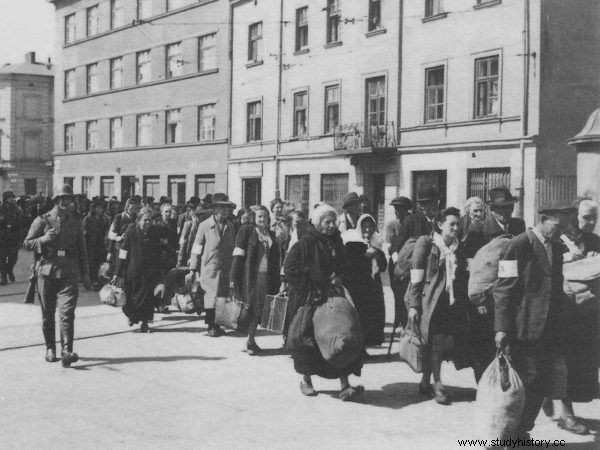
Stefania Brandstätter's suffering was of no concern to others. The photo shows the liquidation of the Krakow ghetto (author:unknown, source:public domain).
Brandstätter could never complain of poverty, boasted of valuables and contacts . After Izabela Czecz was arrested, Stefania took her apartment with all the furnishings, not forgetting the furs, of course. But who would be satisfied with such scraps! She also went to Izabela's mother and demanded fifty thousand zlotys in exchange for her daughter's release.
But that's still nothing. She could roam Planty in search of Jewish children which were stored on the Aryan side. When she found a toddler with a Semitic appearance, she asked him about his parents, bribing him with sweets. And when she found out their addresses, she went to action, either denouncing the Gestapo or blackmailing the victims (read more on this topic) .
This article has more than one page. Please select another one below to continue reading.Attention! You are not on the first page of the article. If you want to read from the beginning click here.
3. Kill your own queen
Jan Wawrzyniec Pappacoda, surrounded by the Polish queen, appeared shortly after the death of Sigismund the Old, when even the most faithful servants left the monarch. He quickly became her right hand, he even had access to blank signed by her documents. It was he who made Bona return to Bari and persuaded her to lend the Habsburgs over four hundred thousand zlotys in ducats.
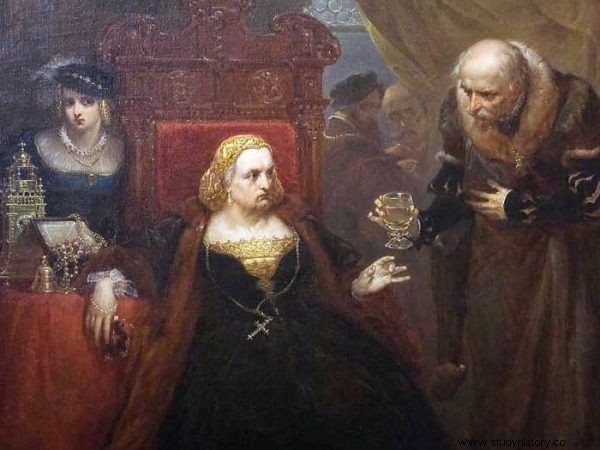
Pappacoda ordered to murder the doctor who gave Bona the poison. Later, he sentenced all the co-conspirators. Jan Matejko, "Poisoning Queen Bona", 1859 (source:public domain).
Meanwhile, Jan Wawrzyniec was in fact a faithful servant of the Habsburgs. He probably came to Poland in this role. It was he who started the plot to seize Bona's heritage and obliterate her traces by poisoning her. Just before the queen's death, he dictated her will, according to which numerous properties and chests of money fell into his hands.
Habsburgs did not forget him that favor. The murderer received a high annual salary. On top of that, there were quite brazen gifts from the King of Spain, Philip II. The giver of the crime felt so confident that he awarded Pappacoda even for ... faithful service at the court of the Polish queen! (read more about this) .
2. Sell a million Jews
The Nazi butcher Adolf Eichmann was preparing for a mass extermination as he sniffed a much better opportunity. Instead of killing Hungarian Jews, he decided to… sell them. On May 8, 1944, Joel Brand, representing the Committee for Help and Rescue - an organization helping Jews to escape from occupied Europe, appeared in his office.
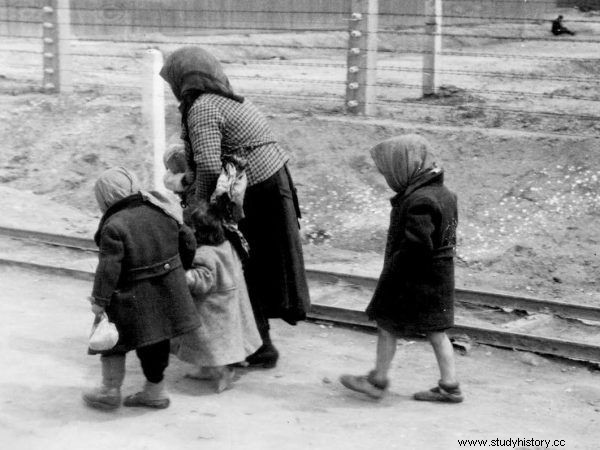
A woman with children on her way to the Auschwitz-Birkenau gas chamber in 1944. Photo taken by SS man Bernhard Walter with the consent of Eichmann (photo Bundesarchiv, Bild 183-74237-004 / CC-BY-SA 3.0).
During the conversation, Brand heard a shocking proposition from his host. I am ready to sell you a million Jews (…). Who do you want to save? Men begetting offspring? Women who can give birth to them? Kids? Old men? Sit down and answer.
Surprised by the offer, Brand replied that the Committee was ready to pay a ransom for every Jew if that would save them from being exterminated. Before he finalized the deal, he was kidnapped by British intelligence. In Brand's words, his frequent "guest" Lord Moyne said: What can I do with these million Jews? Where should I put them? In the end, Roosevelt and Churchill (read more about that) decided to refuse .
1. Profit from the death industry
Cattle wagons carried not only tens of thousands of Jews to the Birkenau camp. Having a vision of settling in a new area, people took with them the allowed thirty kilograms of luggage. Everything was confiscated on the camp ramp. Furs were given to Wehrmacht soldiers fighting in the East. The rest of the property was transferred to the Reichsbank.
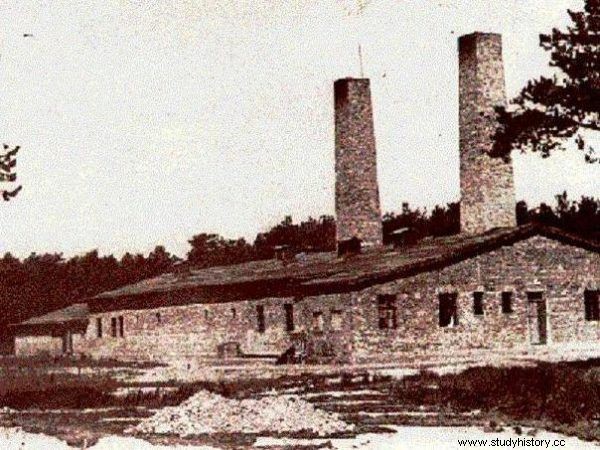
In an effort to maximize profits, the Germans established special goldsmith workshops in the camp's crematoria to obtain dental gold (source:public domain).
On April 30, 1944, two parcels were sent from Auschwitz containing, among others, 124,940 zlotys, 20,415 rubles, 1,858 Romanian lei and 825 Belgian francs . And there were several dozen similar packages. When the camp was liberated, Soviet soldiers found around 370,000 suits, 837,000 women's coats and dresses, and 44,000 pairs of shoes.
Everything could pay off, even delay. The most valuable raw material was dentures. In just about two hundred days in 1942, more than 16,000 teeth made of gold and other metals were extracted. Another example was the use of the victims' hair. The "raw material" was sent to factories, where it was made of felt, yarn or stockings (read more on this topic) .
